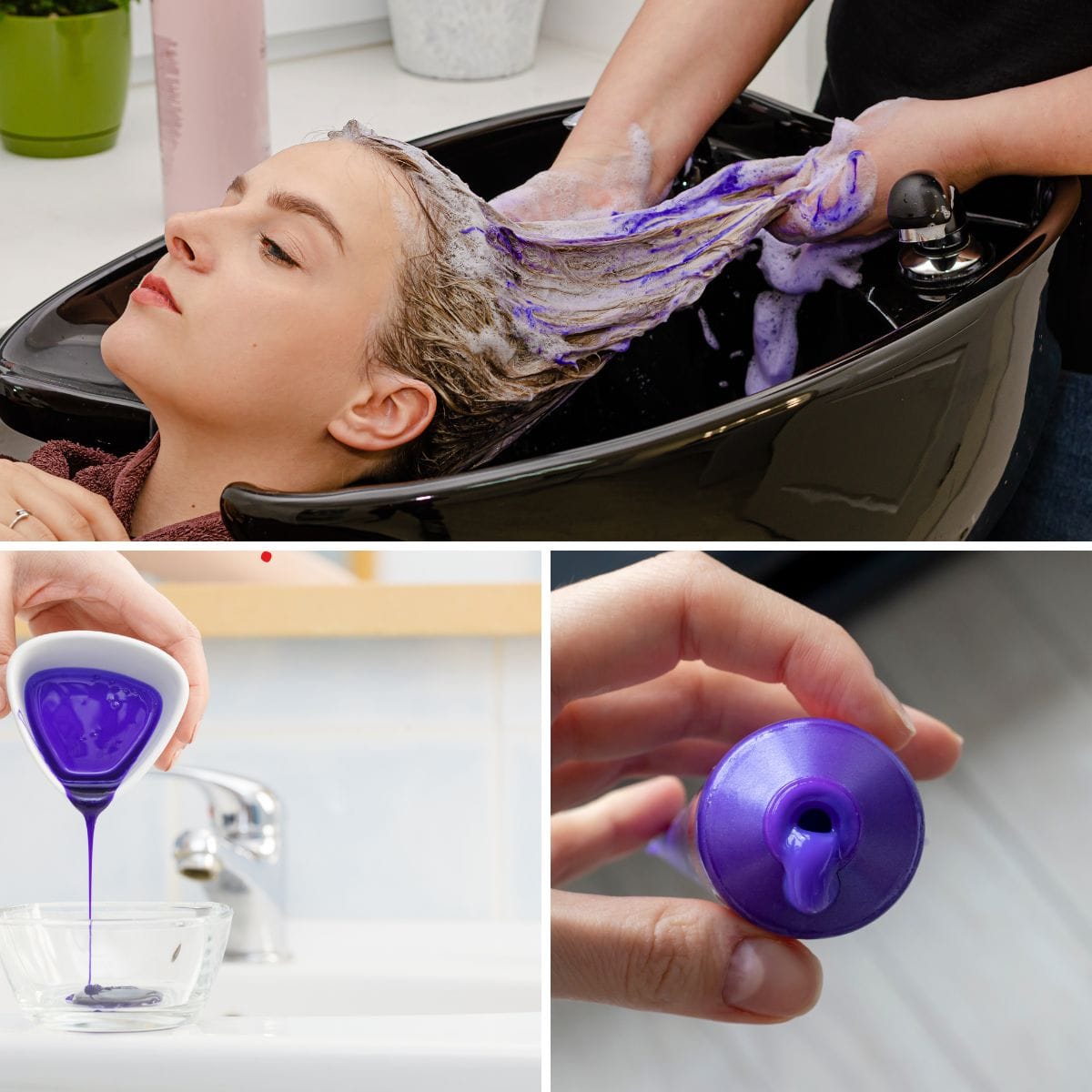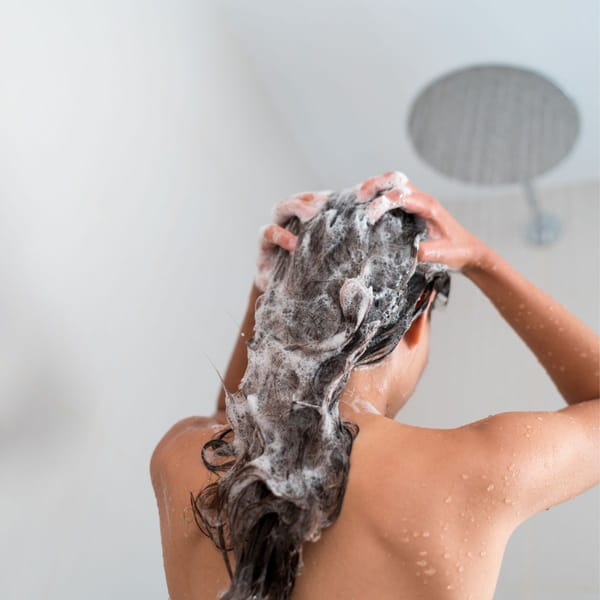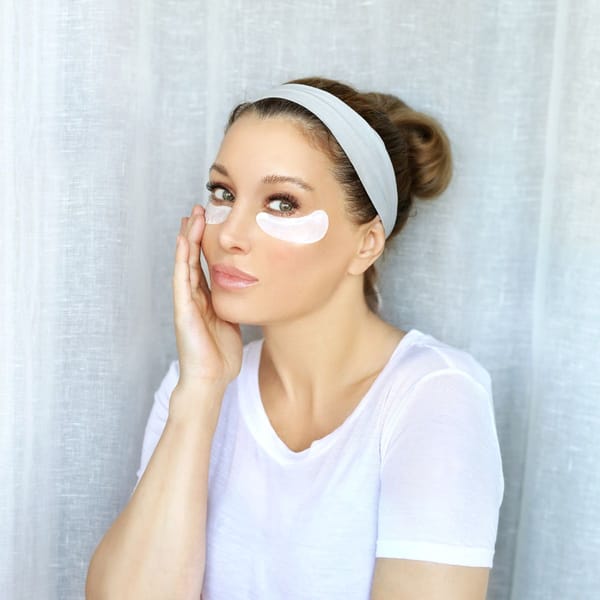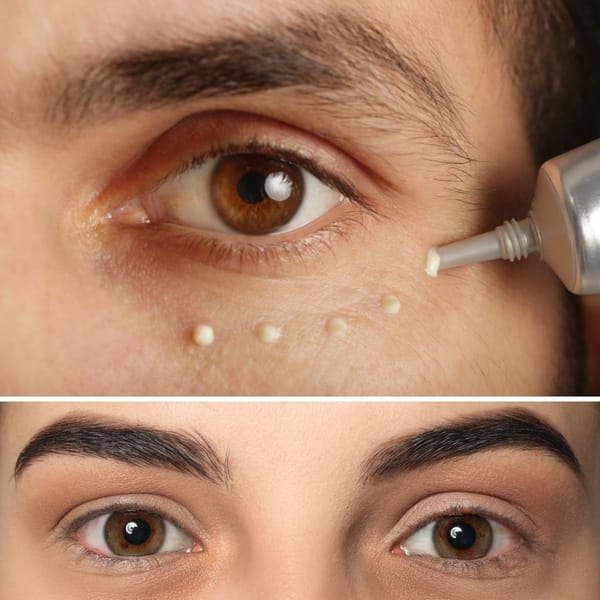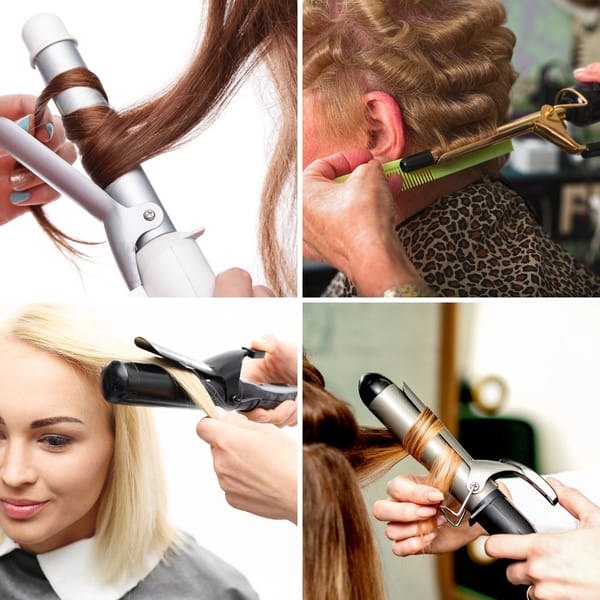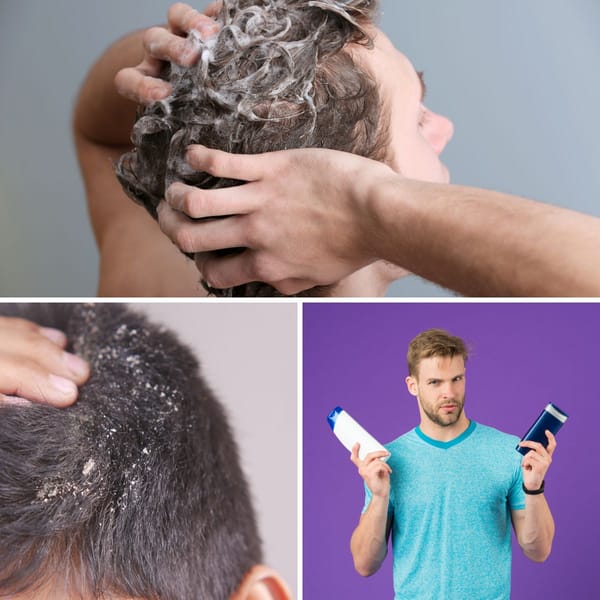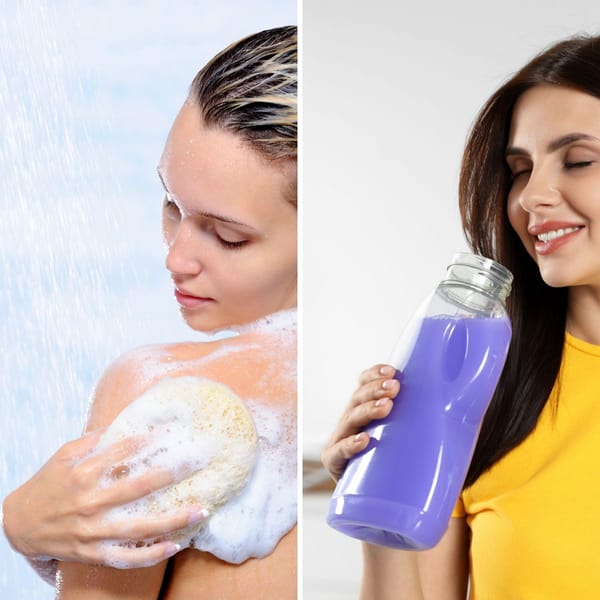Purple shampoo has become a staple for those sporting blonde locks, aiming to keep the dreaded brassy tones at bay. But as with any beauty product, it's not without its pitfalls. In this friendly and informative guide, we'll explore what is the downside of purple shampoo, and how to use it wisely to maintain your beautiful blonde hair without causing damage.
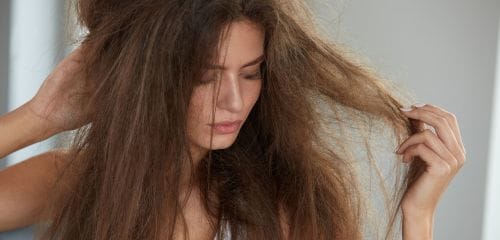
The Potential for Hair Damage
When considering whether purple shampoo damages hair, it's important to understand that most purple shampoos are designed for occasional use. Overusing these products can lead to dry and brittle hair. This is because the purple pigments that work to neutralize yellow tones can build up on your hair, stripping it of its natural oils. You might want to reconsider your routine if you're reaching for your bottle of purple shampoo more than once a week.
Not Suitable for All Hair Colors
While purple shampoo works wonders for blonde hair, it's not necessarily a friend to other hair colors. For instance, brown hair or darker shades may not see any benefits from purple shampoo. In fact, it could potentially leave a dull, ashy cast on locks that don't have yellow or brassy undertones to counteract. Understanding the color wheel and how it applies to hair care is essential before deciding if purple shampoo is right for you.
The Risk of Over-Toning
Purple shampoo is designed to neutralize brassy hair, but there's a fine line between toning and over-toning. If left on for too long, the violet pigments can over-deposit, leaving a pastel or even a distinctly purple hue on your strands. This is especially true for very light or platinum blondes. Always follow the instructions on the bottle, and if in doubt, consult with your stylist.
Unintended Effects on Highlighted Hair
Purple shampoo is often hailed as a savior when it comes to maintaining the perfect tone for highlighted hair. However, it's important to understand the downside of purple shampoo on these lighter strands. Highlighted hair, which has been chemically treated to lift the original color, is particularly susceptible to damage. The intense pigments in purple shampoo can sometimes lead to an over-deposit of color, causing an ashy or dull appearance, which is the opposite of the vibrant, golden highlights many desire.
Moreover, the frequent use of hot tools on highlighted hair can exacerbate the drying effects of purple shampoo. The combination of heat styling and the harsh chemicals found in some purple shampoos can strip the hair of its natural oils, leaving it brittle and prone to breakage. This is especially true if the shampoo is not thoroughly rinsed out with warm water. To avoid these issues, it's crucial to use purple shampoo sparingly and to always follow up with a nourishing conditioner to maintain the hair's moisture balance.
The Interaction with Sun Exposure and Environmental Factors
Purple shampoo is formulated to counteract the brassy, orange tones that often plague blondes and those with lighter hair colors. However, what many don't realize is that the sun and other environmental factors can affect how purple shampoo works on your hair. Prolonged exposure to the sun can naturally lighten hair, sometimes resulting in unwanted warm tones. While purple shampoo can help neutralize these effects, overuse in combination with sun exposure can lead to a messy, uneven tone rather than the cool, crisp color intended.
In addition, environmental factors such as chlorine and saltwater can interact with the bleaching agents in purple shampoo, potentially leading to further dryness and discoloration. Those seeking to rid their hair of brassy tones should be mindful of their environment and consider wearing a hat or using a UV-protectant spray when spending extended periods in the sun. It's also advisable to limit the use of purple shampoo to once a week or less, depending on the individual's hair type and the formula of the shampoo they are using.
Stripping Hair of Moisture
The quest for the perfect blonde shade can sometimes lead to a compromise in hair health. Purple shampoos, particularly those with strong formulas, can strip moisture from your hair, leading to dryness and hair breakage. It's crucial to pair your purple shampoo routine with a nourishing conditioner to replenish moisture and protect your hair from becoming brittle.
Can Disrupt Scalp Health
Your scalp is the foundation of your hair's health, and using purple shampoo can sometimes mess with that balance. Some users report that their scalp feels dry or irritated after using purple shampoo. This could be due to the harsher chemicals needed to achieve those bright, brassiness-banishing results. It's important to monitor how your scalp reacts and to use purple shampoo sparingly.
May Fade Color Faster
For those with dyed or bleached hair, maintaining that perfect shade is a delicate balance. Purple shampoo can help in keeping yellow tones at bay, but it can also contribute to your color fading faster if used too frequently. This is because, while it's great at toning, it doesn't have the same gentle cleansing properties as regular shampoo to remove dirt and oil without affecting the dye.
The Cost Factor
Lastly, it's worth noting that most purple shampoos are more expensive than regular shampoos. This is because they're considered specialized products. If you're using purple shampoo as your go-to wash, you might find your beauty budget stretching thin. It's meant to supplement your hair care routine, not replace your regular shampoo.
Summary
Purple shampoo is an excellent tool for keeping blonde hair looking fresh and free of brassy tones. However, it's not without its downsides. Overuse can lead to hair damage, dryness, and even scalp irritation. It's not suitable for all hair colors and can sometimes lead to over-toning. To avoid these issues, use purple shampoo sparingly, always follow up with a conditioner, and consult a stylist if unsure about its effects on your hair.
FAQ Section
Q: How often should I use purple shampoo? A: Most stylists recommend using purple shampoo once a week or every other wash to prevent brassiness without causing damage. Always follow the product's instructions and consider your hair's condition.
Q: Can purple shampoo replace my regular shampoo? A: No, purple shampoo should not replace your regular shampoo. It's designed to be used occasionally to tone blonde hair and remove yellow tones, not for daily cleansing.
Q: Will purple shampoo work on brown hair? A: Purple shampoo is specifically formulated for blonde or silver hair to neutralize yellow and brassy tones. It's not typically effective on brown hair and may not produce the desired results for brunettes.

